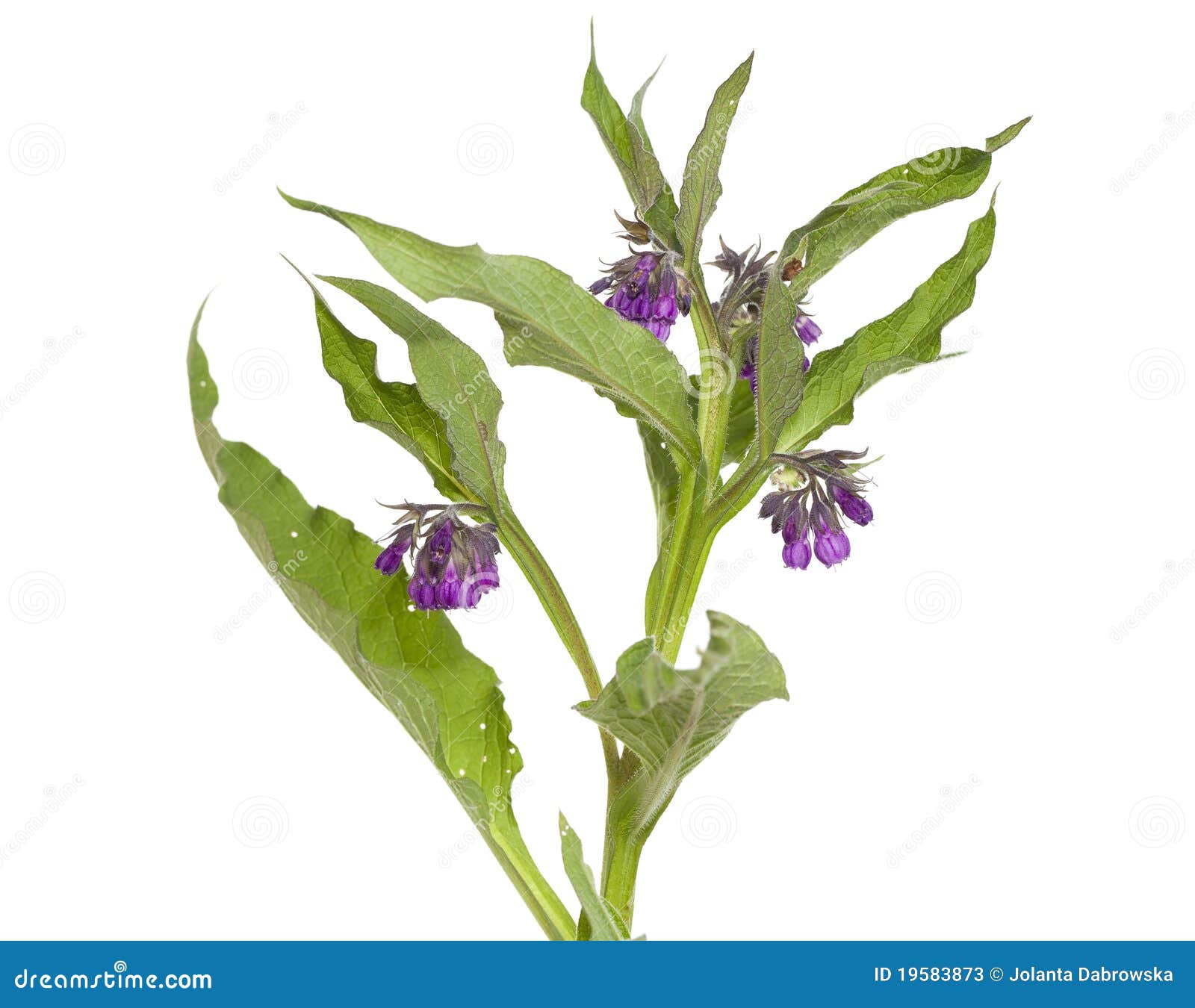
Medicinal plants Find all Indian medicinal plants and their uses with pictures and scientific names.A gum obtained from the roots was at one time used in the treatment of wool before it was spun. The leaves are also a very valuable addition to the compost heap. A liquid feed can be obtained by soaking the leaves in a small amount of water for a week, excellent for potassium demanding crops such as tomatoes. Simply layer the wilted leaves at the bottom of the potato trench or apply them as a mulch in no-dig gardens. It is tolerant of being cut several times a year and can be used to provide 'instant compost' for crops such as potatoes. The plant grows very quickly, producing a lot of bulk. This has a very limited range of application, but is of great benefit in the treatment of broken bones and eye injuries. A homeopathic remedy is made from the fresh root, harvested before the plant flowers. The leaves are harvested in early summer before the plant flowers, the roots are harvested in the autumn. In general, the health-promoting properties of the plant probably far outweigh any possible disbenefits, especially if only the younger leaves are used. Most people would have to consume very large quantities of the plant in order to do any harm, though anyone with liver problems should obviously be more cautious.

Largest concentrations are found in the roots, leaves contain higher quantities of the alkaloid as they grow older and young leaves contain almost none. This plant contains small quantities of a toxic alkaloid which can have a cumulative effect upon the liver. External applications and internally taken teas or tinctures of the leaves are considered to be completely safe, but internal applications of tablets or capsules may have too many drawbacks for safe usage. Some caution is advised, however, especially in the internal use of the herb.
SYMPHYTUM OFFICINALE MEDICINAL SKIN
The root and leaves are mildly pain-relieving, astringent (mild), and have agents that are locally soothing and softening to the skin when applied locally, that induce the removal (coughing up) of mucous secretions from the lungs, that check bleeding, are cooling and lower body temperature, and that are used for healing wounds, fresh cuts, etc., usually as a poultice. This substance is now synthesized in the pharmaceutical industry and used in healing creams. The plant contains a substance called 'allantoin', a cell proliferant that speeds up the healing process. Comfrey is especially useful in the external treatment of cuts, bruises, sprains, sores, eczema, varicose veins, broken bones etc, internally it is used in the treatment of a wide range of pulmonary complaints, internal bleeding etc. The root and the leaves are used, the root being more active, and they can be taken internally or used externally as a poultice. The roasted roots are used with dandelion and chicory roots for making coffee.Ĭomfrey is a commonly used herbal medicine with a long and proven history in the treatment of various complaints. The peeled roots are cut up, cooked and added to soups. Older leaves can be dried and used as a tea, and a tea can be made from the dried roots as well. Young shoots can be used as an asparagus substitute. It can be chopped up finely and added to salads, in this way the hairiness is not so obvious. It may have a lot of minerals but it is not pleasant eating for most tastes. The leaf is hairy and the texture is mucilaginous. Young leaves of comfrey are edible cooked or raw.

Native of Europe, escaped from cultivation and more or less established along roadsides and in other disturbed habitats in s.w. Corolla about 15 mm long, narrowly bell-shaped, the tube about as long as and sometimes almost as wide as the limb.įruits: nutlets, brownish-black, slightly wrinkled, about 4 mm long. Calyx 5-7 mm long, cleft to below the middle, the lobes lanceolate, pointed, long-hairy.

Stem evidently winged by the conspicuously downward-extended bases of the leaves.įlowers: ochroleucous, purple or dull blue, nodding, few to several in dense, isolated clusters at the end of side and top branches, the clusters based by a leaf pair. Stem leaves alternate, gradually reduced and with shorter stalks but still ample, the upper commonly stalkless. Leaves: large, the basal ones stalked, with ovate or lance-ovate blade mostly 15-30 cm long and 7-12 cm wide.

Stem and flower cluster with spreading or bent back, stiff hairs. General: robust, taprooted perennial 30-120 cm tall, often with several clustered stems.


 0 kommentar(er)
0 kommentar(er)
